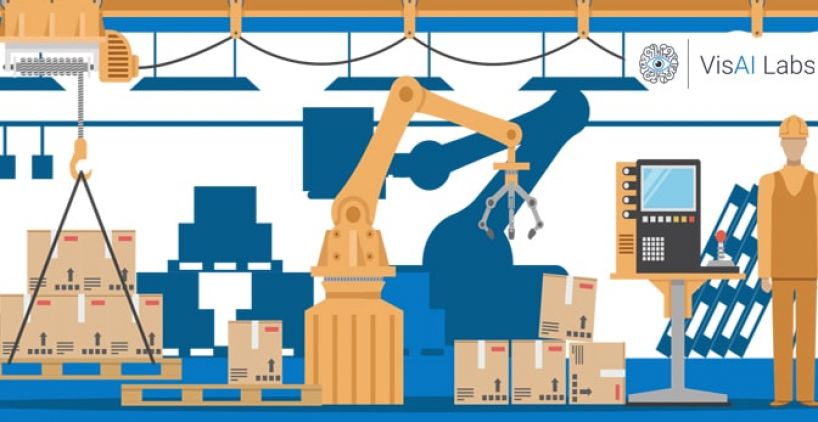Importance of Dumension Machine in Warehouse and Distribution Centers
SCOPE OF eCOMMERCE
Written for:
- Business Strategist:
Take responsibility for thriving various strategic plans to meet the organisations’ objectives. Also, it explores the existing operational strategies to accelerate profitability in the warehouse.
- Logistics Specialist:
Using current warehouse infrastructure patterns, sketch and refine scalable transportation, logistics, inventory, and customer services.
- Warehouse Automation Manager:
Maintains the statistical and financial records, ensures consistency and dispatches and understands the modern technologies to uplift the warehouse’s operational efficiency.
- Operations Specialist:
Determines the storage needs for different processes such as delivery, policy and protocol evaluation, and inventory control to improve warehouse operations by automation.
What Is e-Commerce Warehousing?
The significant benefits of eCommerce warehousing
Can Ship Products Fast:
Can Mitigate Unwanted Stress:
Can Organize Adequately:
Time-Consuming:
Role of a distribution center
Benefits of distribution centers
Lessens The Overall Costs:
Can Get Additional Information From The Resellers:
Scales Up Your Business:
Difference between warehouse and distribution centers
What is an automated dimensioning system?
Why do warehouse and distribution centers require automated dimensioning systems?
Benefits of automated dimensioning systems
Increased accuracy:
Enhanced Space Optimization:
Space is the heart of the warehouse. We can evaluate the packages’ dimensional information; the automated dimensioning systems help determine the required space to stow the vast parcels and pallets. With the better insight of enhanced space, we can in-stock a maximum number of products in the warehouse.
Reduces Human Errors:
Reduces Pointless Shipping Costs:
What type of business verticals get benefitted from automated dimensioning systems?
How can we elevate warehouse operation to boost quick delivery?
Inventory Visibility:
Keeping The Warehouse Tidy:
Deploying A Suitable Technology:
In what way the automation helps warehouses and distribution centers?
Collects Relevant Data:
Can Gain Better Inventory Control:
- Polish up inventory precision
- Amplifies order fulfillment process
- Maintains ideal stock levels
- Reduced human goofs
Deploying New Solutions And Technology To Turn Up Operations
Automated Dimensioning systems:
Drones:
Conveyors:
Lifting And Packaging Equipment:
Conclusion
Providing intelligence to dimensioning with vMeasure automated dimensioning systems
vMeasure automated dimensioning systems built from the ground to measure parcels’ dimensional information (length, height, width, and volume weight) of varied sizes and shapes parcels and packages in less than 1 second. This solution comes in four different ranges: vMeasure S100 parcel dimensioner & WBS100 dimensional scanner for E-commerce, Order Fulfilment centers, and vMeasure S200 package dimensioners & WBS200 dimensional weight scanner for 3PLs, Warehouses, and wholesale distributors.
